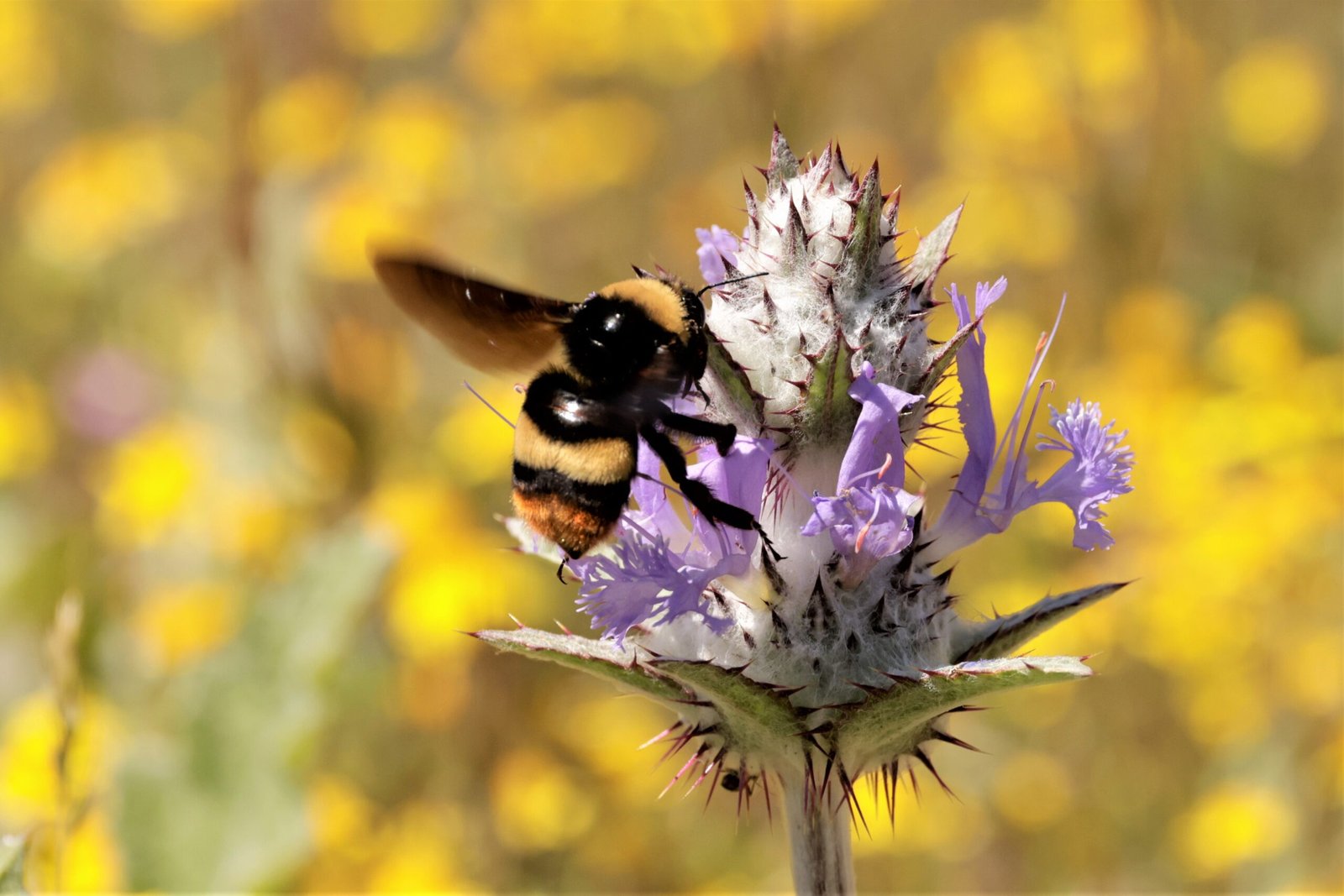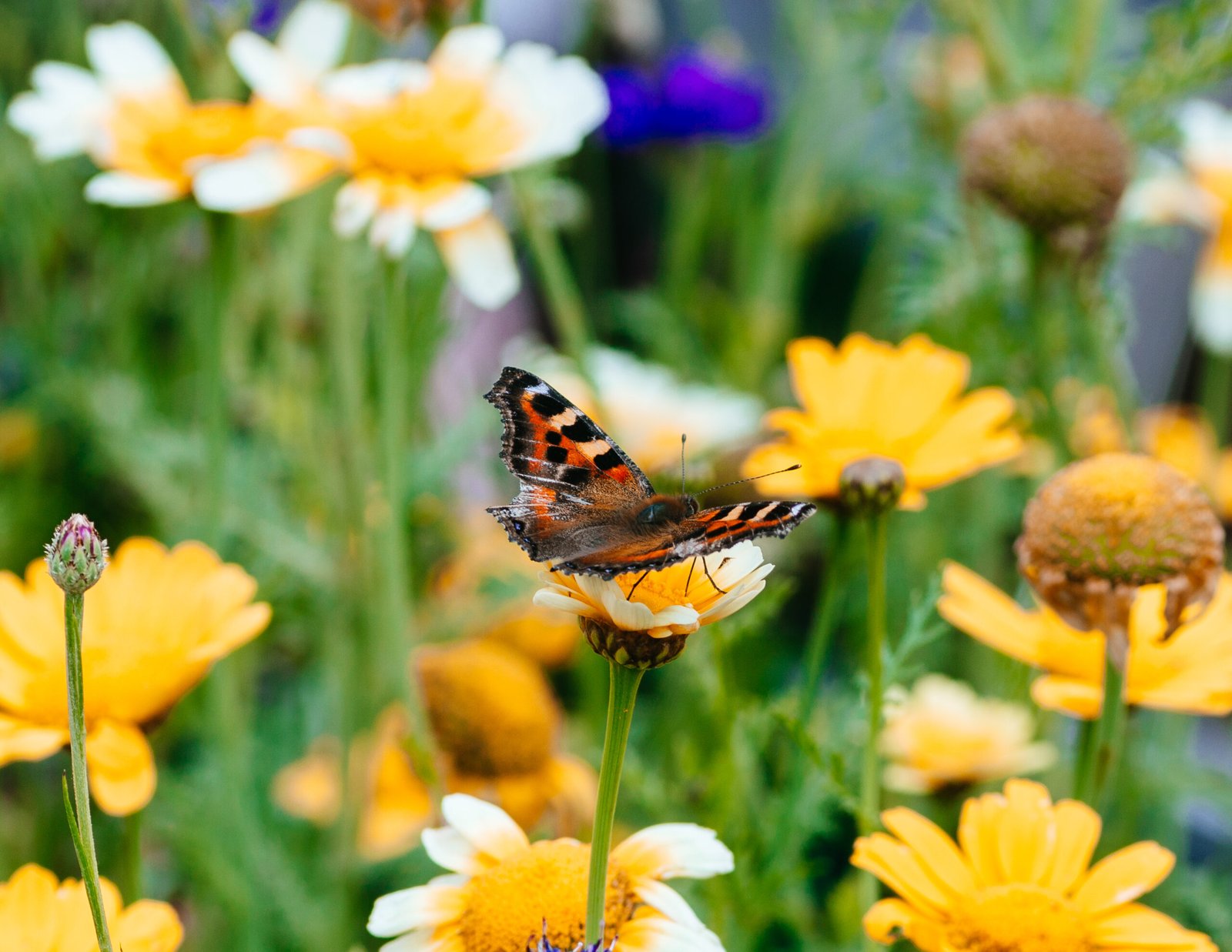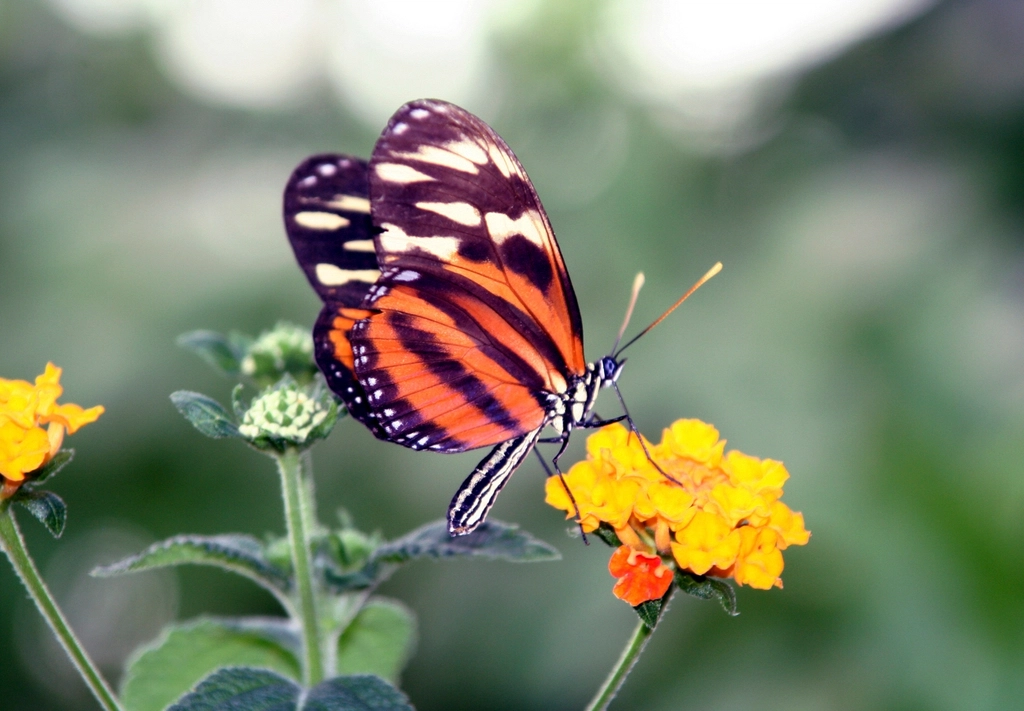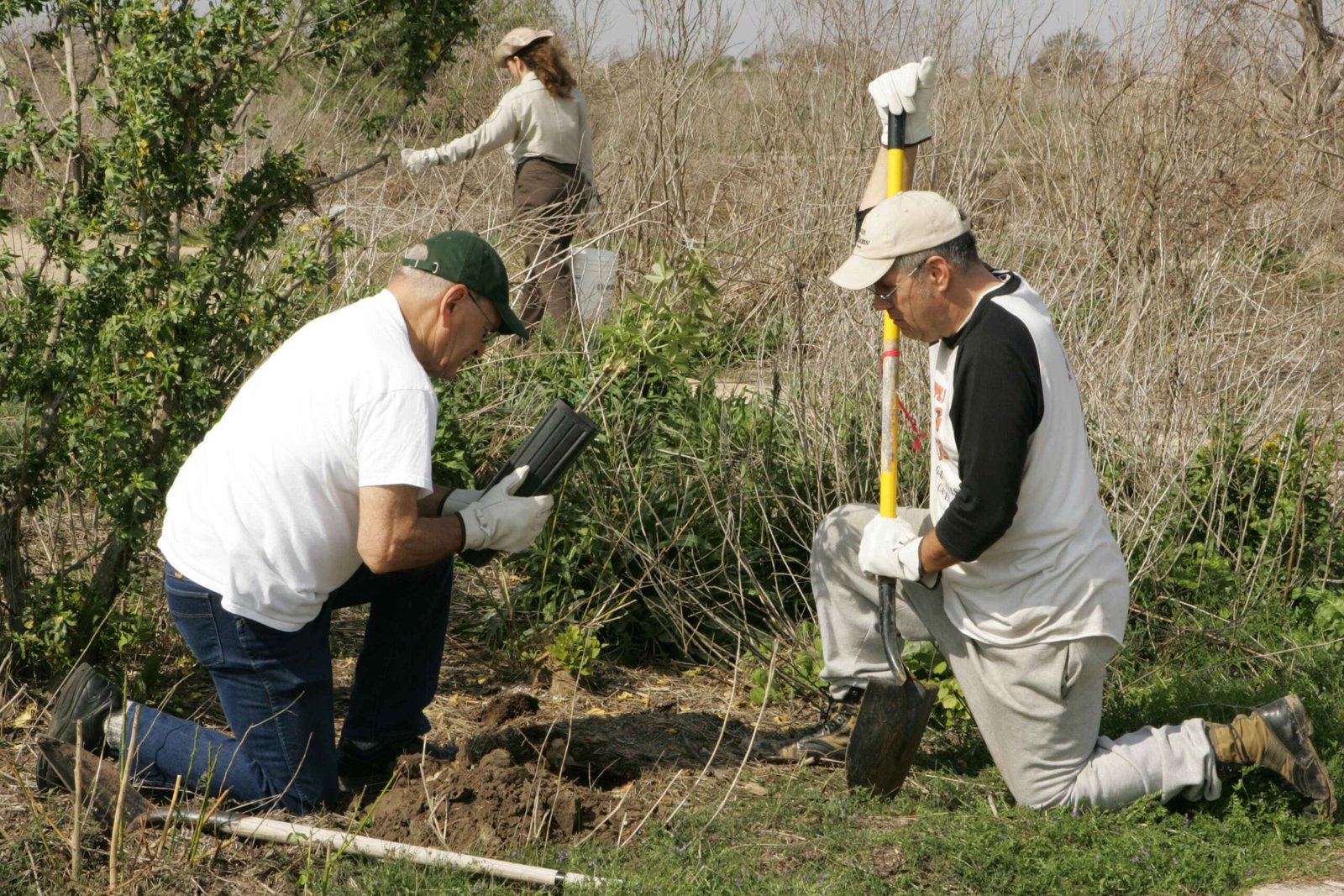Imagine stepping into a world where vibrant wings flicker beneath the sunlight, painting the air with a kaleidoscope of colors. This is not a scene from a dream, but a reality taking shape in Singapore’s butterfly gardens—living sanctuaries that are rekindling hope for pollinators in a rapidly urbanizing landscape. As the city’s glass towers reach skyward, these gardens bloom at their feet, quietly orchestrating a revival of life that feels almost miraculous. It is here, amid the flutter of delicate wings and the fragrance of wildflowers, that the story of Singapore’s pollinator revival truly unfolds.
The Disappearance of Singapore’s Pollinators

Singapore’s rapid development has brought progress, but also a silent crisis: the decline of native pollinators. With natural habitats replaced by concrete and steel, butterflies, bees, and other crucial insects have struggled to find food and breeding grounds. This loss has been startling, as pollinators are essential for the reproduction of many plants, including those that provide food for humans and animals alike. Their absence is often invisible to city dwellers, yet it undermines the health of entire ecosystems. Scientists have observed a worrying drop in butterfly species and numbers over recent decades, raising alarms among conservationists. The disappearance of pollinators not only threatens wild flora but also weakens the resilience of urban green spaces. The need for action has never been more urgent.
Why Butterflies Matter More Than You Think
Butterflies are far more than just beautiful visitors to our gardens. They play a vital role as pollinators, helping many native plants reproduce and maintain healthy populations. Their presence is also a sign of a balanced ecosystem, as they are sensitive to changes in their environment. When butterflies thrive, it often means other pollinators, like bees and moths, are doing well too. Butterflies also serve as food for birds and other small animals, weaving themselves into the larger web of urban biodiversity. Their life cycles—from egg to caterpillar, chrysalis, and adult—are a living lesson in resilience and transformation. Losing butterflies is like losing the heartbeat of the garden itself, a loss that ripples through nature in ways we may not immediately see.
The Science Behind Pollination

Pollination is the magical process that allows plants to reproduce, and pollinators are its unsung heroes. When butterflies, bees, or birds visit flowers to drink nectar, they inadvertently carry pollen from one flower to another. This simple act sparks the creation of seeds and fruits, ensuring the survival of both wild and cultivated plants. In Singapore’s climate, pollinators are especially crucial for maintaining the diversity of tropical flora. The science is clear: without pollinators, many plants would fail to reproduce, leading to a dramatic decline in green spaces and food sources. Researchers have documented how different pollinators specialize in various plants, making the ecosystem more resilient to change. Understanding these relationships helps guide the creation of butterfly gardens that truly support the city’s ecological needs.
The Rise of Butterfly Gardens in Singapore

In recent years, Singapore has witnessed a blossoming of butterfly gardens across its parks, schools, and even shopping malls. Gardens by the Bay, for example, hosts a stunning butterfly enclave where visitors can witness dozens of species up close. Smaller community gardens, often run by volunteers, dot the heartlands and offer vital oases for pollinators in the urban sprawl. These gardens are carefully planted with nectar-rich flowers and host plants that serve as nurseries for caterpillars. They are more than just pretty spaces; they are lifelines for pollinator populations. The spread of these gardens reflects a growing appreciation for the essential role that pollinators play in urban life. Each garden, no matter how small, is a powerful statement in favor of biodiversity.
Designing a Butterfly Paradise: What Works

Creating a successful butterfly garden in Singapore involves more than scattering a few flowers. Experts recommend planting native species that butterflies have evolved alongside, such as the Singapore daisy and the Common Asystasia. These plants provide both nectar for adults and foliage for caterpillars to feed on. Layered planting, with shrubs, trees, and ground cover, mimics natural habitats and offers shelter from harsh weather. Water features, like shallow puddles or damp stones, give butterflies a place to drink and absorb minerals. Avoiding the use of pesticides is crucial, as even small amounts can be deadly to sensitive insects. With thoughtful design, these gardens become miniature ecosystems, buzzing and fluttering with life from dawn to dusk.
Community Involvement and Passionate Volunteers

One of the most inspiring aspects of Singapore’s butterfly garden movement is the involvement of everyday citizens. Volunteers—from retirees to school children—spend weekends planting, weeding, and monitoring butterflies. Community groups organize workshops, teaching others how to start their own pollinator-friendly spaces. Local schools have embraced butterfly gardens as outdoor classrooms, blending science education with hands-on stewardship. This grassroots energy not only supports pollinator recovery but also strengthens community bonds. It’s a reminder that environmental change can begin at any scale, even with a single flowerpot on a balcony. The passion of these volunteers is infectious, sparking hope for a greener, more inclusive city.
Butterfly Gardens as Living Laboratories
Beyond their beauty, butterfly gardens have become vital research sites for scientists and students. By monitoring butterfly populations, researchers can track the health of local ecosystems and the effectiveness of conservation strategies. Some gardens are used to study the effects of climate change on pollinator behavior, while others explore innovative ways to attract rare species. Citizen science projects invite the public to record butterfly sightings and contribute valuable data. These living laboratories blend science with public engagement, making ecological research accessible and meaningful. They turn the simple act of observing a butterfly into a step towards understanding and protecting our shared environment.
Education and Inspiration for Future Generations
Butterfly gardens are powerful tools for education, sparking curiosity in young and old alike. Schools use them to teach biology, ecology, and environmental stewardship in vivid, hands-on ways. Watching a caterpillar transform into a butterfly before your eyes is a lesson no textbook can match. Public tours and workshops introduce the wonders of pollination and the importance of biodiversity to a wider audience. These experiences plant seeds of environmental awareness that can last a lifetime. By connecting people emotionally to nature, butterfly gardens help inspire the next generation of conservationists and scientists.
Challenges and Hurdles on the Path to Revival
Despite their successes, butterfly gardens face real challenges in Singapore. Urban land is scarce and expensive, making it difficult to secure space for large, connected habitats. Invasive plant species can outcompete native flora, reducing the quality of butterfly food sources. The use of pesticides in surrounding areas can undermine months of careful nurturing. Climate change adds another layer of uncertainty, with unpredictable weather patterns affecting butterfly lifecycles. Overcoming these hurdles requires ongoing commitment, collaboration, and creative problem-solving. Yet, the resilience of both butterflies and the people working to protect them offers hope that these obstacles can be surmounted.
A Vision for Singapore’s Pollinator Future

The revival of pollinators in Singapore is more than an environmental project; it’s a testament to the city’s ability to harmonize nature with progress. Butterfly gardens showcase how green spaces can thrive even in the heart of a bustling metropolis. As more people join the movement, there is hope for a city where pollinators are not just surviving, but flourishing. These gardens offer a vision of Singapore as a beacon for urban biodiversity, a model for cities around the world. The flutter of butterfly wings is a quiet but powerful reminder that every small effort can make a difference for the future of our planet.



